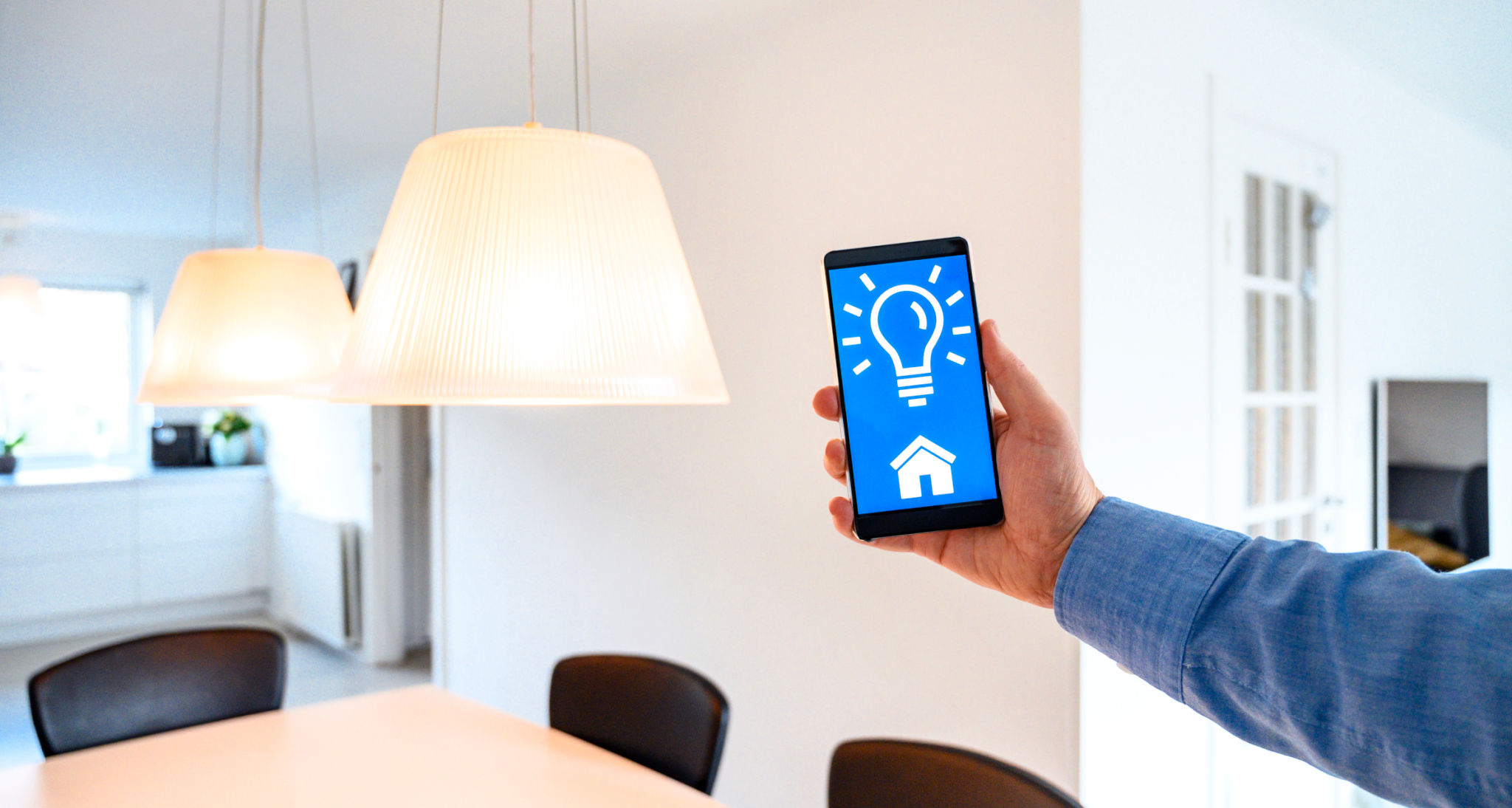Case Study: How We Enhanced a Local Business's Energy Efficiency with Smart Lighting
Introduction to Smart Lighting Solutions
In today's world, energy efficiency is more crucial than ever. Local businesses are constantly seeking innovative ways to reduce their energy consumption while maintaining productivity and ambiance. One such solution that has gained popularity is smart lighting. By leveraging technology, businesses can not only cut down on energy costs but also enhance their operational efficiency.
In this case study, we explore how our team helped a local business transform its lighting system, resulting in significant energy savings and improved workplace environment.

Understanding the Business's Needs
The business in question was a mid-sized retail store that was experiencing high energy bills due to outdated lighting systems. They approached us with the goal of reducing their energy costs while enhancing the shopping experience for their customers. Our first step was to conduct a thorough audit of their current lighting setup.
During the audit, we identified several inefficiencies, including the use of incandescent bulbs and an inconsistent lighting layout that resulted in uneven illumination across different areas of the store. It was clear that a comprehensive overhaul was necessary to meet their energy-saving goals.
Designing a Customized Smart Lighting Plan
With the audit findings in hand, our team designed a customized smart lighting plan tailored to the store's specific needs. The plan included:
- Replacing incandescent bulbs with LED lights, known for their long lifespan and energy efficiency.
- Implementing motion sensors in low-traffic areas to ensure lights are only on when needed.
- Integrating a centralized control system that allows for remote management and scheduling of lighting.

Implementation and Challenges
The implementation phase involved coordinating with electricians to replace the old lighting fixtures with new smart LED systems. This process was meticulously planned to ensure minimal disruption to the store's operations.
One challenge we faced was integrating the smart lighting system with existing electrical infrastructure. However, our experienced team managed this seamlessly, ensuring that all components worked harmoniously together.
Measuring Success and Results
After the implementation, we closely monitored the store's energy consumption and lighting performance over several months. The results were outstanding:
- A 35% reduction in energy costs compared to previous months.
- Improved lighting quality contributed to a more inviting shopping environment, enhancing customer experience.
- The automated system reduced manual intervention, allowing staff to focus on other critical tasks.

Conclusion: Transformative Impact
The transition to smart lighting not only helped the retail store achieve its energy-saving targets but also set a benchmark for other local businesses aiming for sustainability. By adopting modern technology, they gained control over their energy usage while simultaneously improving their operational efficiency.
This case study exemplifies how smart solutions can be tailored to meet specific business needs, resulting in both financial savings and an enhanced customer experience. As more businesses recognize the benefits of energy-efficient technologies, smart lighting will undoubtedly become a standard practice in commercial spaces worldwide.
